In here, we are obliged to know how a damm bike works, and so i dont know how things are taught outside of Brazil, but here we are taught in the physics kinematic some ways to calculate the bicycle's speed, the bicycle's chainring speed, etc, and theres a mix between the formula and simple interpretation of it.
First, we are given formulas, for finding the period that it rotates ("T"), the frequency (f), the speed (S), and the angular speed (ω) which is omega. So, the formulas are
f=1/T -frequency
S=ω.R -speed
ω= 2πf -angular speed
In a bike, we can have 4 speeds; the speed of the chainring, the speed of the Cassette, the speed of the both wheels and the speed of the Rear Derailleur (a.k.a the pedal of the bike), and from logic, we can do some interesting things
-since the place youre pedaling in the bike is the pedal, and the pedal is right about where the Cassette is, the frequency of the pedal and the Cassette is the same, and therefore, the angular speed
- the chainring and Cassette are both connected by a chain, therefore they have the same scalar speed (Sa=Sb), and from that we can 2πfaRb=2πfbRb, and then we can cut 2π (same value) and we end up with faRa=fbRb, and if youre looking for the frequency of the chainring (fa), for example, you just pass the chainring's Radius (Ra) dividing the Cassette's Radius (Rb) and then you end up with f(chainring)=R(Cassette)/R(Chainring) . f(casette). You can do the same to find the Cassette's frequency, and to see that their speeds are the same, i have a good analogy to make it more simple;

Imagine Cassete is the giant and chainring is the small person. If the giant takes a step, in a speed of 1 km/h, the small person is gonna have to take more steps, but to reach the same place, they will need to have the same speed, and what justifies that is the chain, to make it more obvious. I dont know why, but when i was first told this (that they would have the same speed, not the giant thing), it didnt make much sense, but now with this analogy i find it way more easy to make this beast look less intimidating
-the Chainring's ANGULAR speed (ωa) is the same as the wheel, but be careful, bikes have tons of gears with other chainrings/cassettes, so this might not be true, only if the exercise says that the chainring was changed.
-theres an complicated formula to find out the speed of the bike, but we dont need it, cause actually, the speed of the bike is the speed of what is touching the floor, that is, the wheels, so you just calculate the speed of the wheel (S= 2πfwRw), and since we know that the frequency of the wheel is the same as the chainring, S(wheel)= 2π f(chainring) R(wheel)
As far as i know, every exercise can be done if you remember this and go by the logic of the thing, to clear things up, the chainring is the small circle on this post's image and the big one is the Cassette, dont hold onto the names, just know that the big's circle frequency WILL be smaller than the small circle.
Last thing, about Units
1m = 100cm
1km = 1000m
1rpm=60Hz
From rotations per minute, you multiply, from Hertz to rpm, you divide.
Thats pretty much it.
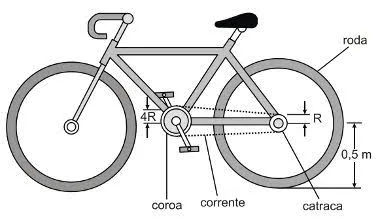







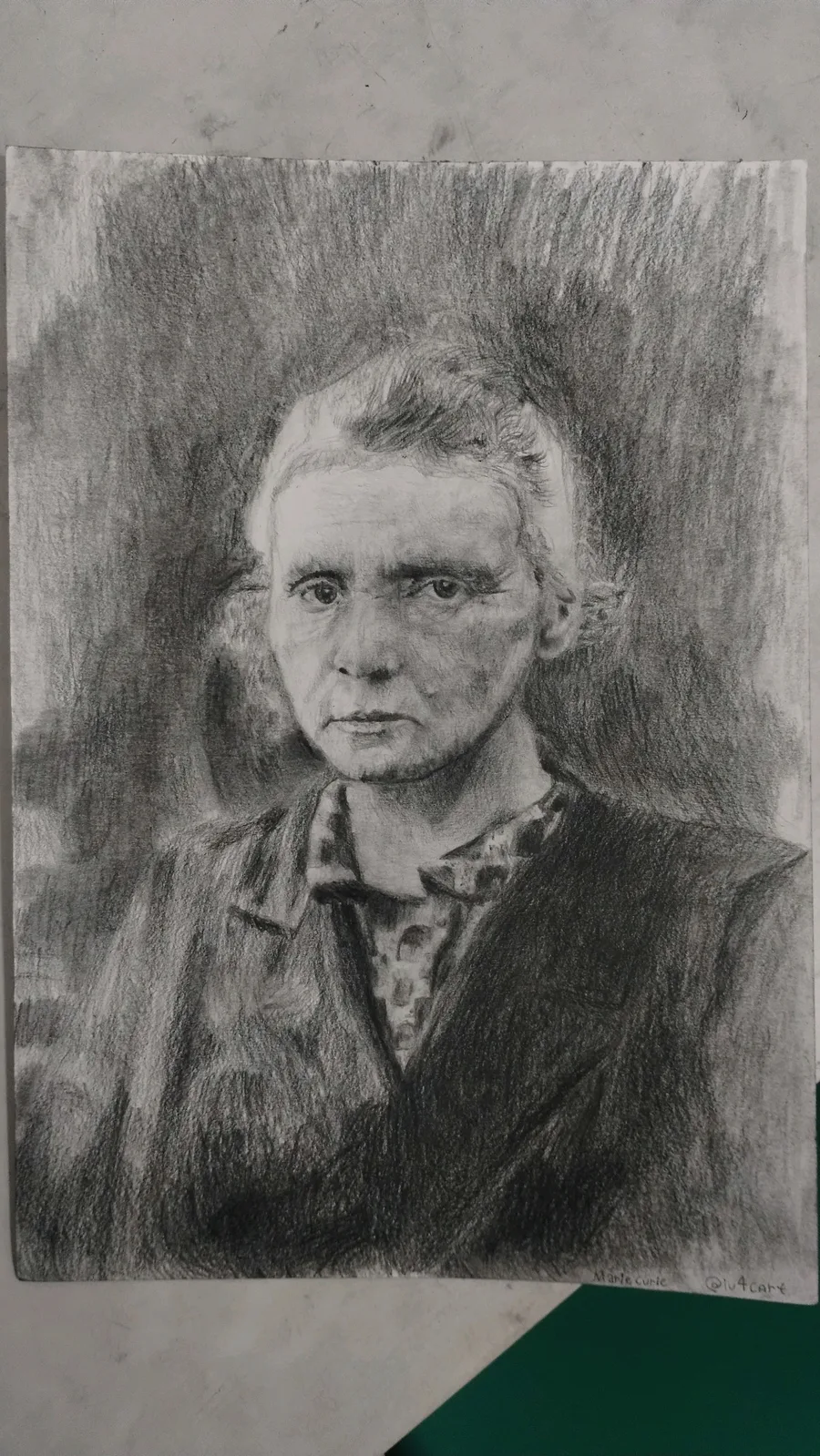


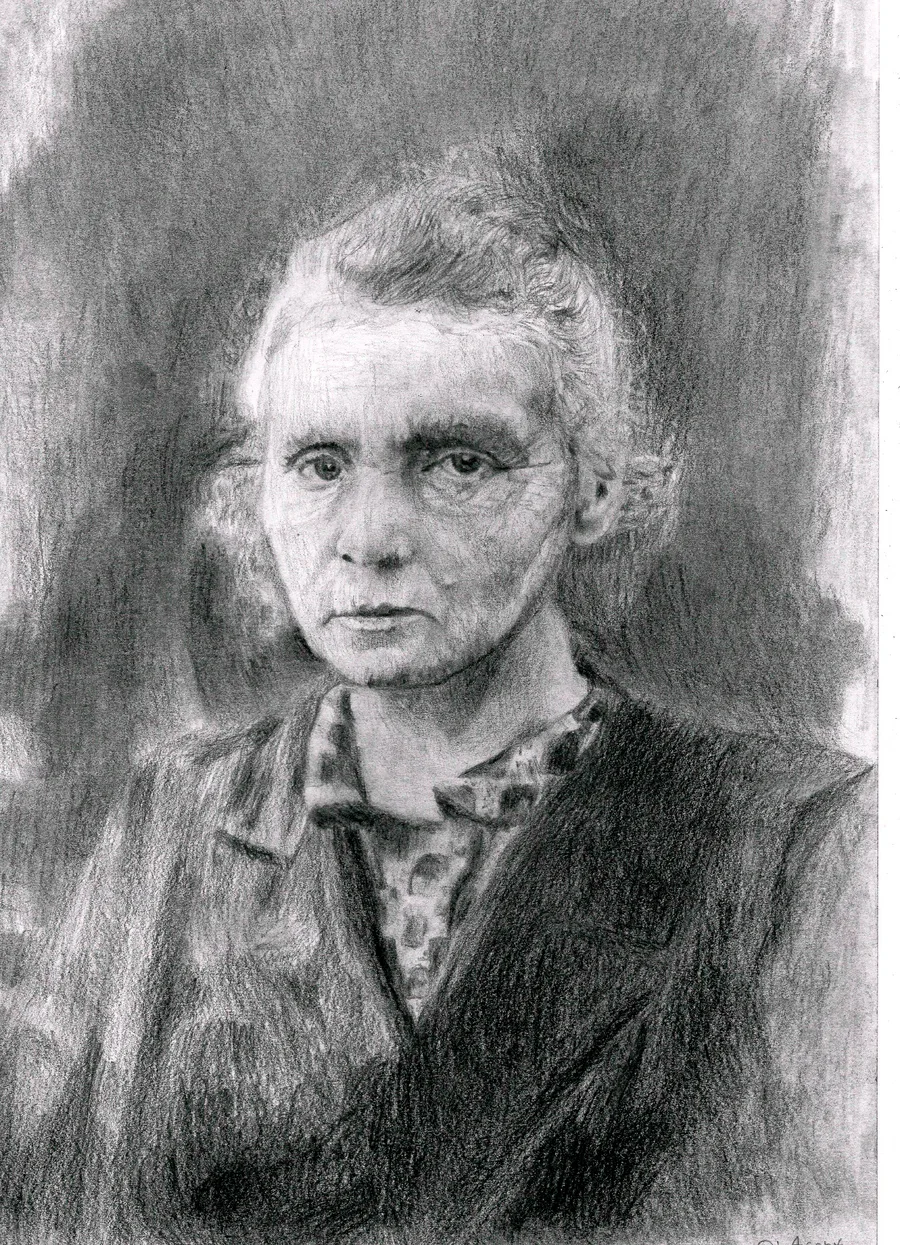

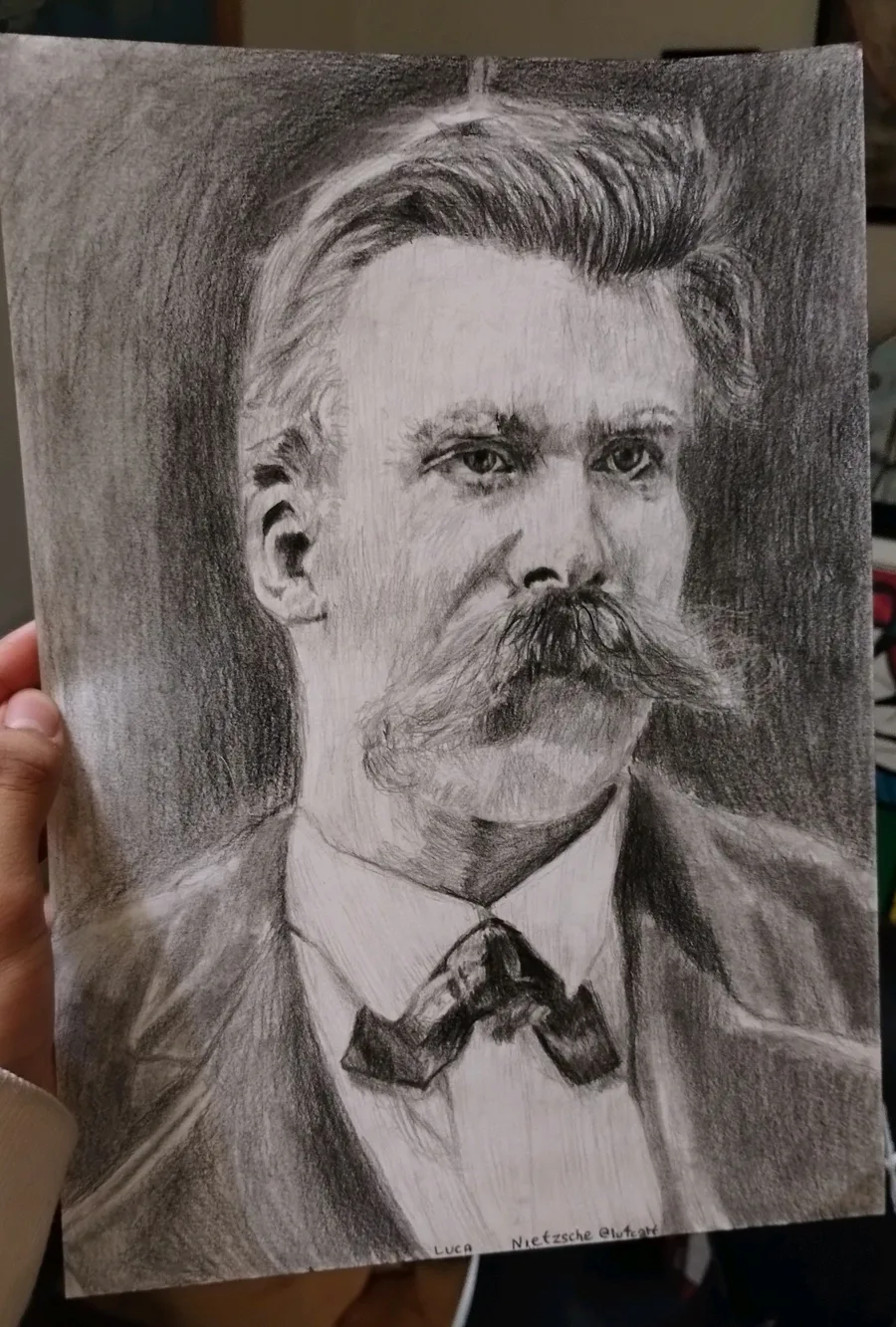
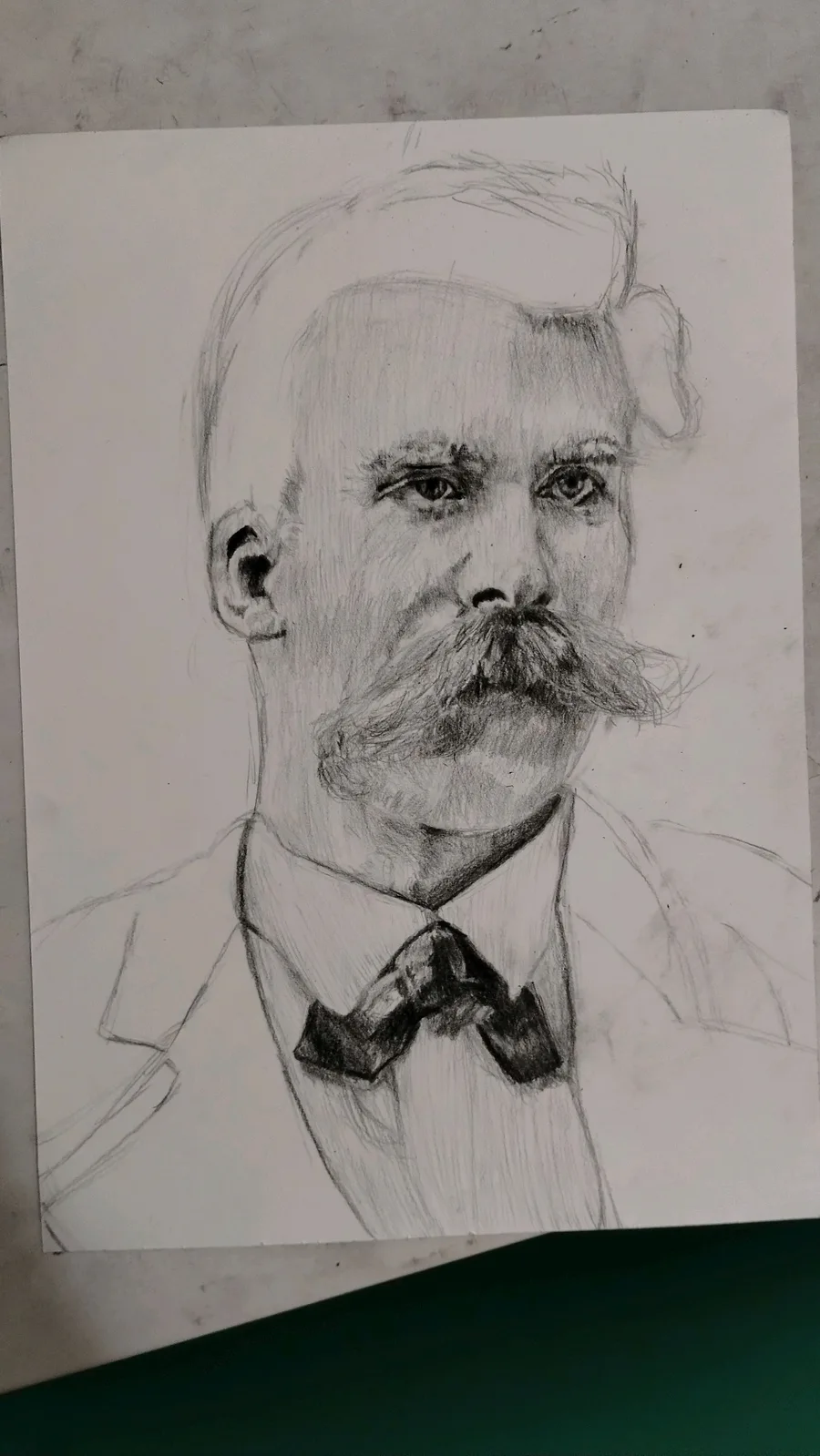

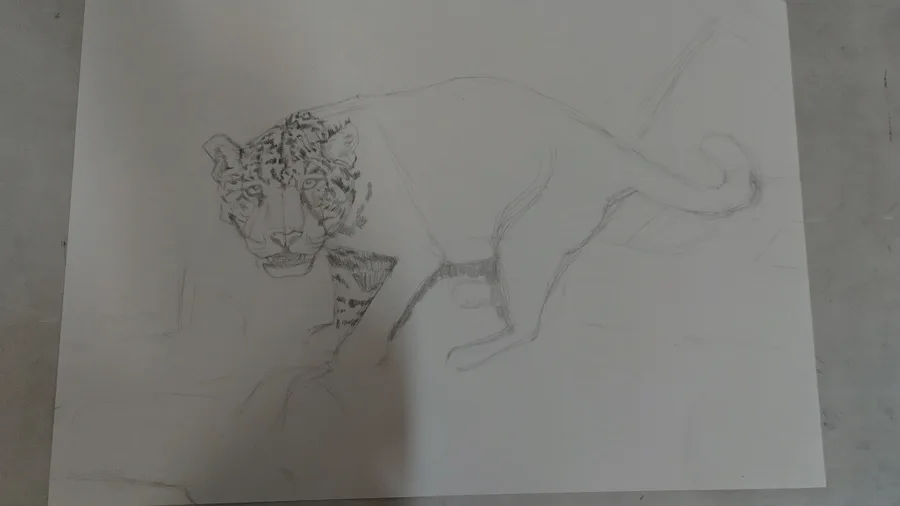
0 comments